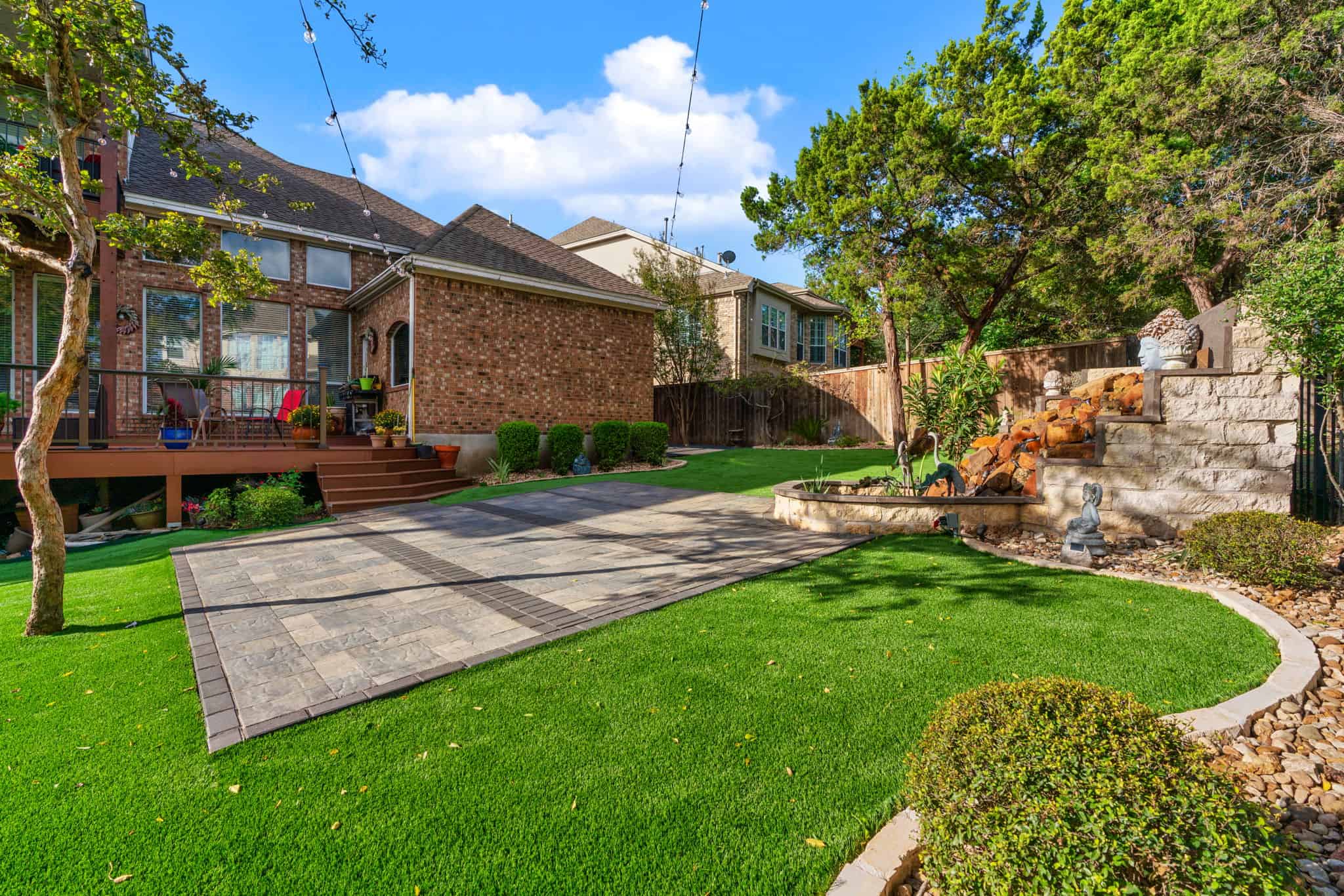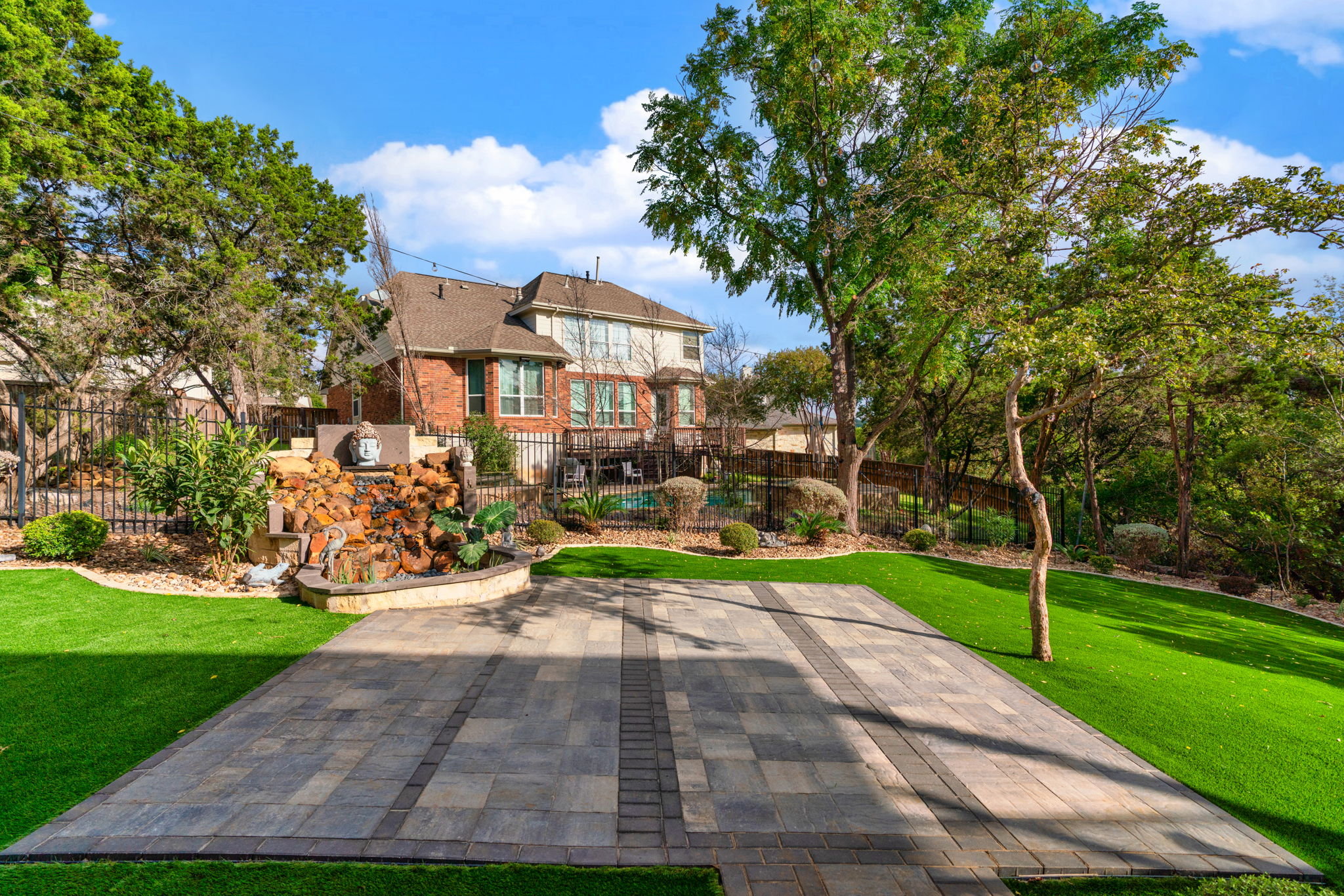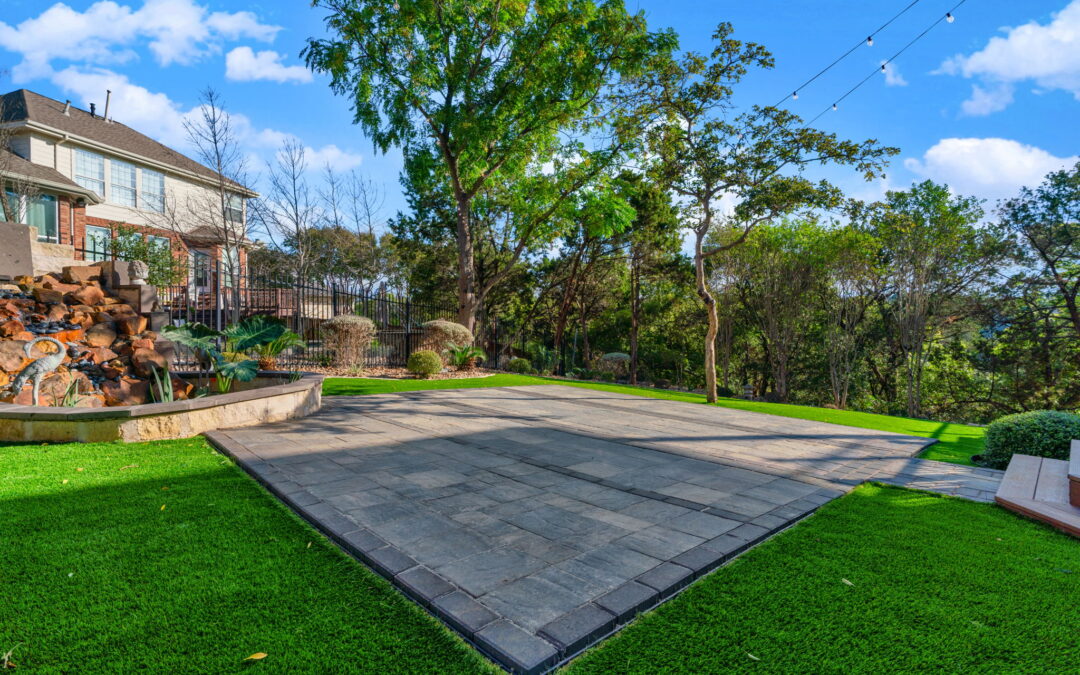Your furry friend deserves a cozy place to call home. It will live with your family for years, providing fun and comfort while asking little in return. Shouldn't you love your pets back by giving them a practical outdoor living space with excellent hardscaping? Fido thinks so. We'll explore creative ways to integrate your pet's wishes into your landscape design and hardscaping structures for a practical beast-friendly backyard. Cater to your cat, do your dog a favor, and develop an outdoor space with flavor. Let's stop barking and take a bite.
Pet Life and Landscaping: What You Need to Know
Landscaping for pets can be tricky because each animal has different needs. Meanwhile, cats and dogs are entirely different species. Their backyard requirements vary widely depending on their size, personality, and pack mentality. What works for one pet might not work for another. A custom landscape design can help you determine the requirements and fulfill requests. Intersecting the comforts of humans and animals means thinking outside the box to include elements that keep your furry friends happy. Consider your and your pet's needs, then blend them for the best results.Critical Hardscaping Considerations
You want a beautiful lawn and a happy, healthy pet. So, where do you start? Which hardscaping elements are mandatory vs elective? Begin with safety and accessibility, then move to aesthetics. Prioritize your pet's well-being by using hardscaped features with non-toxic materials. Avoid sharp edges where they play, and offer access to paw-friendly surfaces that don't cause pain when walked on. Also, consider how sunlight and heat affect paver patios vs concrete and asphalt. Remember to include drainage for managing water and waste accumulation. This step helps eliminate bacteria and reduce muddy zones after play dates, potty time, and rainy weather. Incorporate permeable hardscaping with plans for efficient drainage to help keep your family healthy and your backyard beautiful. Next, consider the pros and cons of installing sod vs artificial turf. Your pets need animal-friendly vegetation and non-toxic flowerbeds. They also need a place to play, lay, and handle their business. Choose plant species and mulch types carefully with professional recommendations. Then discuss the advantages and disadvantages of each landscaping option.
How to Build a Backyard for Pets
After consulting a landscape designer, incorporate these ten fundamentals of building pet-friendly lawns:- Create clear pathways for pets to walk regardless of size, breed, age or ability. Clean your yard, remove debris, collect fallen leaves, and move obstacles.
- Offer shady nooks and crannies. Use hardscaped structures like decks, gazebos, awnings, and pergolas to offer shelter and shade on sunny days.
- Use plants and materials that complement each other and protect your pet from natural hazards. Design a hardscape layout accompanied by comforting green elements.
- Integrate seating with patio furniture, outdoor chairs, and retaining walls. Use your lawn's organic elevation to create visual depth and variety for pets.
- Build fencing and secure boundaries to prevent animals from freely moving in and out of your property. Utilize retaining walls, decorative fences, and natural barriers to contain your pets.
- Provide convenient potty stations for pets to relieve themselves. Use artificial turf, pavers, compost heaps, and other creative solutions with sufficient drainage and odor control.
- Illuminate the lawn with adequate outdoor lighting or custom fire pits. Ask hardscaping experts to help you design open-flamed structures for maximum safety and well-lit comfort.
- Maintain outdoor living spaces by using durable building materials and Texas native vegetation. Then watch for signs of wear and book repair appointments with local landscaping companies.
- Play safe within designated areas of your backyard. Leverage open spaces for exercise and training with interactive features, agility equipment, and leisure structures.
- Remember comfort and pet preferences. Cats generally love elevated platforms for climbing, while dogs prefer sunbathing surfaces and digging zones.
 Regardless of your landscaping and hardscaping, pet-friendly outdoor living spaces should be
easy to clean and maintain. Ensure a hygienic environment with washable fabrics and low-maintenance elements for
animals and humans.
Regardless of your landscaping and hardscaping, pet-friendly outdoor living spaces should be
easy to clean and maintain. Ensure a hygienic environment with washable fabrics and low-maintenance elements for
animals and humans.
 nikk@southernlovelandscaping.com
nikk@southernlovelandscaping.com
